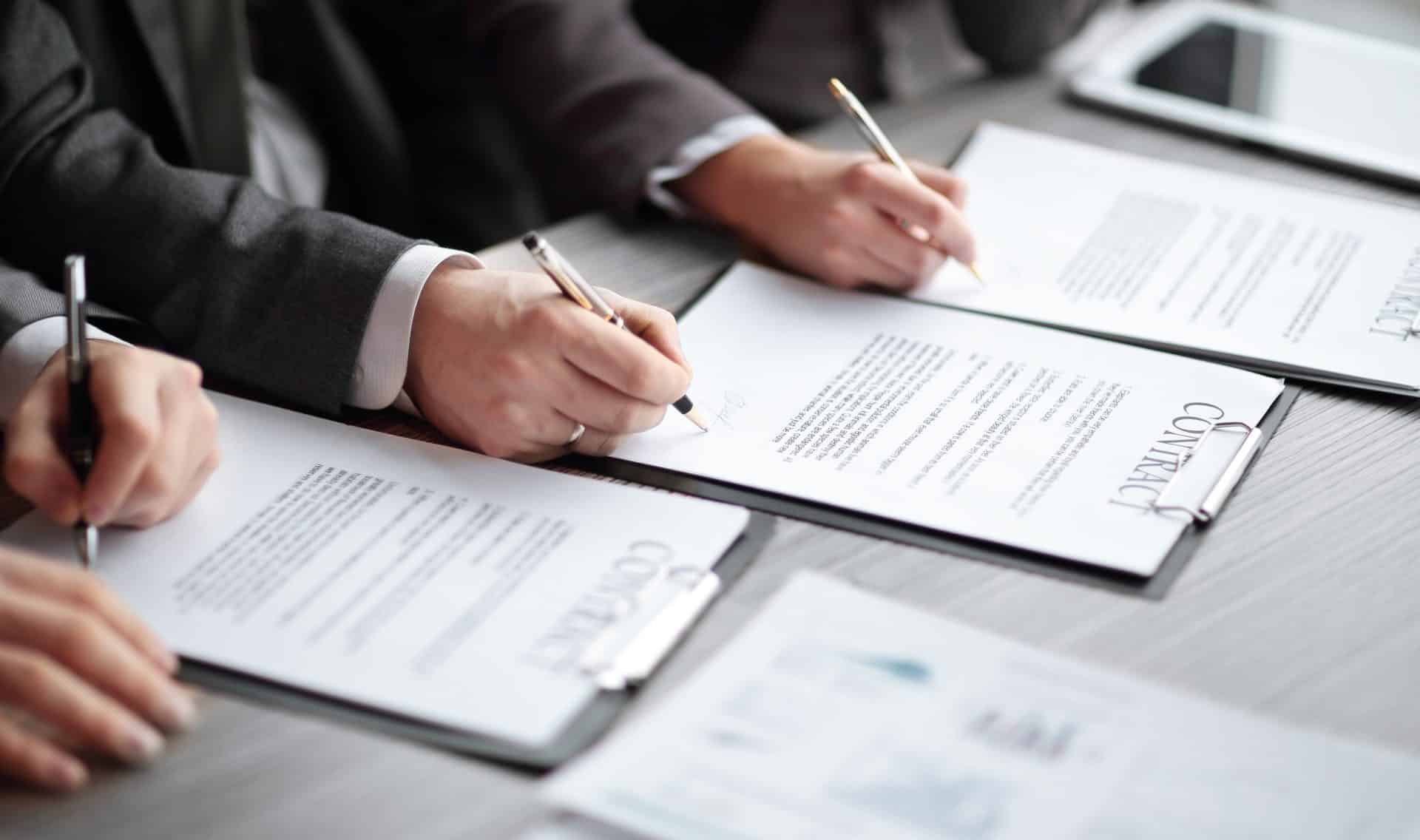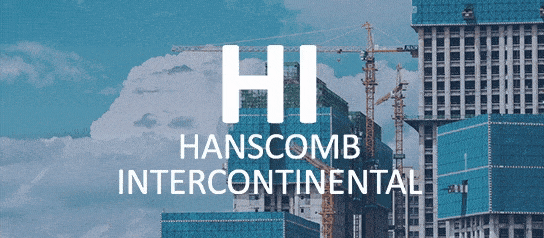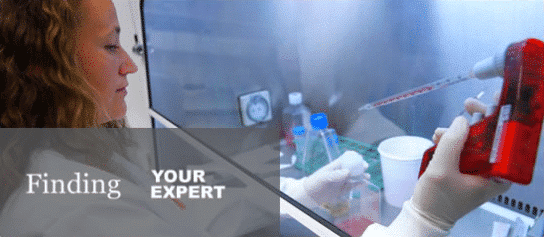Purpose of the Joint Statement of Experts
1. The Purpose of the Joint Statement of Experts (“JSE”) is to assist the Court or Tribunal by setting out in concise form what the Experts can agree upon, thereby narrowing the issues in contention, and what they cannot agree upon and their reasons for disagreeing with another Expert on an issue.
List of Issues for Experts
2. The JSE begins with the proper identification of the issues or questions the Experts are asked to answer or address.
3. In the normal course of litigation or arbitration, the lawyers, (and if necessary, with the guidance of the Judge at the Case Management Conference or Tribunal in a Preliminary Meeting), frame the questions for the Experts to answer. This is because the lawyers know their respective cases and what they have to prove in support of their respective cases.
4. It is good practice that after the questions are framed by the lawyers (with or without the input of the Judge or Tribunal), they should be sent to the Experts for review in the event there is a need to refine them.
Individual Experts’ Reports and/or Joint Statements
5. Depending on the nature of the case and the kind of Expert evidence to be given, the Court or Tribunal may require the Experts to file their reports and then to proceed to the Meeting of Experts to produce a JSE. This is the traditional or normal approach. This will also be the case in arbitrations where the case proceeds with memorials or submissions which attach all the documents, witness statements and Expert reports.
6. There is a current trend for Courts or Tribunals to order the Experts:
(a) to meet to discuss the issues before producing their reports; or
(b) to produce the JSE before producing their reports.
Many Courts or Tribunals see the early meeting of Experts as essential. The advantages of this sequence are first that it obviates the problem where Experts work separately and commit themselves to a case or a conclusion before meeting to hear other Expert views. This leads to polarization and less desire to change or modify their views. Secondly, this is particularly important where there is an important question concerning methodology.
For example:
i) in a money tracing case, there may be accounting or accountancy issues concerning how tracing is to be carried out and an early meeting of Experts to discuss alternatives which they can each consider; or
ii) in a case involving computer modelling like finite element analysis, which is very expensive to carry out, an early meeting of Experts will enable them to consider which computer programme to use and the assumption for input into the programme or to agree on the alternative assumptions; or
(iii) an early meeting of Experts will surface discrepancies in information, documents and evidence made available to the respective Experts. It is important for Experts to be on a level playing field and there are standard directions to achieve this.
7. However, what sequence is adopted depends very much on the nature of the case and the kind of Expert evidence required. For example in less complex cases, like a rent review case, the traditional sequence of the submission of the Expert reports before the Experts’ Meeting may be more useful as it allows a more focused discussion between Experts before they issue the Joint Statement. Which course is adopted will be also very much driven or decided upon by the lawyers and the Court or Tribunal.
Experts’ Meeting and the Joint Statement of Report
8. It is desirable that when the Experts meet to produce the Joint Statement or Report of Experts, they do so without lawyers being present.
9. Experts know their subject better than other witnesses and are best placed to assist the court or tribunal on areas within their Expertise. Experience has shown that when two Experts in the same field meet without anyone else being present, they are usually able to agree upon some basic principles or facts or aspects or what they will consider as undisputed within their profession. They will be best placed to narrow down the areas of disagreement and bring the areas of issues in dispute into better focus.
Form and Content of the Joint Statement
10. There is no set format. Experts, lawyers and the Court or Tribunal are free to craft a format that suits the nature of the case and the Expert evidence being presented.
11. Experience has shown that the most useful format is the Schedule Form with columns and rows, like a Scott Schedule. A typical Schedule-type Joint Statement of Experts contains the following columns, (numbered (i) to (v) below), starting from the left:
(i) A Serial Number tracking the questions or issue or sub-questions or sub-issues within the List of Issues;
(ii) A statement of the question or issue to be answered: eg, “Was the design of the fixing brackets adequate to carry the load of the panel?”
(iii) Areas of Agreement of the Experts: eg, “We agree that (a) the design of each fixing bracket was consistent with good engineering design and practice; (b) the choice of stainless steel with x specification for fabricating the fixing was correct, consistent with good engineering design and practice; and (c) the load which each fixing had to carry was y and that for each standard panel of 2 meters by 1 meter, weighing z kg, a total of 4 fixings per panel, which includes the required factor of safety, would be adequate and consistent with good engineering design and practice”.
(iv) Claimant’s Expert’s opinion on areas of disagreement: eg, “I do not agree that the three areas of agreement disposes of the issue. I am of the opinion that the shoddy workmanship in installing the fixing brackets caused the cladding to be defective. (a) My calculations (see my Report at page 18) shows that the fixing brackets had to be properly installed and accurately installed in a vertical position. (b) Some fixing brackets (see my Report, Appendix A where there are 78 photographs with identification of locations) were installed out of verticality, some as much as by 45 degrees* and my calculations (see my Report at page 20) show that the effective strength drops by 18.75% which causes the carrying capacity to drop below the required factor of safety for each fixing bracket. (c) Moreover, the engagement of the fixing bracket to the stone panel at the angles observed will cause stresses within the stone panel sockets which can cause cracks to develop, either when the stone panel was placed on its fixings or over a period of time where the panels are subject to wind loads and vibrations from the passage of heavy trucks or vehicles. Such cracks completely compromise the carrying ability of the fixing brackets and may importantly compromise the required integrity of the stone panel which is another vital component for its safety as installed cladding (see my Report at Appendix B where there are 52 photographs showing such cracks at or around the vicinity of the fixing brackets). In my opinion the stone cladding of the building is not safe.” (emphasis added)
(*For the phrase emphasized – this kind of statement in the context of this dispute should be avoided. A similar kind of statement to avoid is: “More than 35% of the panels in this façade are defective”. The Expert should set out a schedule with precise identification of the panels that are defective or a schedule with those fixing brackets he criticizes with details like angle deviation from the vertical and calculations for each one as to how much the carrying capacity has been compromised. The aim of the Experts in the Joint Statement is to narrow the issues and not make such statements without proper substantiation thereby depriving the other Expert of the opportunity to state whether he agrees or disagrees).
(v) Defendant’s Expert’s opinion on areas of disagreement: eg, “I disagree with the the Claimant’s Expert for the following reasons. (a) His calculations contain errors and his end result of carrying capacity dropping below the factor of safety is wrong – see my Report at Appendix D-1; his calculations carry arithmetical errors at lines 12 to 14 and again at lines 22-23. My calculations are correct, consistent with current engineering practice (see Appendix G-1 in my Report) and the net result is that the factor of safety is not breached. (b) His calculations also include erroneous assumptions on the strength and performance of the stainless steel fixing brackets – see my Report at Appendix D-2. This further aggravates his erroneous results. (c) whether the fixing brackets are vertical or not, their load carrying capacity is not affected – see paragraphs 22 to 28 of my Report. The assumptions applied and deductions reached by the Claimant’s Expert are incorrect: see Appendix F, G and H for the professional literature disagreeing the approach taken by him. (d) the cracks pointed out by the Claimant’s Expert are incorrect – of the 52 photographs identified by him, 12 are duplicated in that they are taken from different angles; 46 of these photographs show cracks that developed 4 years after Completion (as they were not present in photographs taken 1.5 years after completion) and they were the clear result of tunneling works carried out in the immediate vicinity of the building and which tunneling works had 2 stop work orders issued by the public authorities due to unacceptably high vibrations during tunneling – see my Report pages 35 to 42 and Appendix J for the relevant facts, which are of public knowledge. (e) More than 20 photographs (see my Report, Appendix D-5 for identification of the photographs) were of cracks that were hardly visible and our Granite Expert has opined that these are inherent in the nature of the granite used, were within the specifications for the granite purchased and posed no danger of further crack development: see the Report of Mr ABC, page 3 to 4 and the tests carried out on the granite sample in his Appendix II. The cladding is, in my opinion, safe.”
Note: It is sometimes convenient to allow, within the same column but in two sub-rows, for each Expert to first state the reasons for his disagreement in the first sub-row and his “reply” to the other Expert in the second sub-row; these two sub-rows are put within the same Serial Number and Question but to have two sub-rows for the Expert’s reply to the other Experts grounds for disagreeing with him or her.
12. If there are more than two parties, the number of columns can be increased to cater for each party’s Expert. There may be more than one Joint Statement of Experts, ie, more Scott Schedules, if there are different disciplines involved. In most cases, it is more productive to keep the separate disciplines in separate Joint Statements but to allow cross references, as in the above example, to the Vibration Experts or the Materials Expert on the qualities of the granite in question.
13. It is important for the Experts to give their views in a concise and point form manner to be of real assistance to the Judge or Tribunal. In most cases, if the Judge or Tribunal wishes to read more, he or she or they can go to the Expert reports or evidence for elaboration. It is therefore important for the Experts to cross-reference their points to the evidence, their reports, the reports of the other Experts or the published literature on the subject. It is very unhelpful for an Expert to make a point and leave the Judge or Tribunal to go and look for the evidence or reports or professional literature.
14. There can be as many rows as there are issues, sub-issues and sub-sub-issues. It is also acceptable for the Joint Statement to be set out on A3-sized paper.
15. Some Judges or Tribunals prefer the parties to provide one more column at the right most position left blank for the Judge or Tribunal to make their own notes.
16. The Scott Schedule form for the Joint Statement of Experts is not the only format. There may be times when the Expert evidence cannot be reduced to concise point form statements as in the examples above. One example is the evidence of medical Experts.
(a) Some Judges or Tribunals prefer to frame the question and allow a few short and concise paragraphs to explain the Expert’s view (his or her main points) and why he disagrees with the other Experts, meanwhile making references to the evidence, the authorities or professional literature.
(b) Such a format can still accommodate a section in the front where the Experts can state what they can agree upon. For example, in the case of drowning in a swimming pool, the doctors may agree that (i) if a person is unconscious underwater for more than x minutes, in all likelihood serious brain damage would have occurred; (ii) but if the person is revived within y minutes, the likelihood is survival without much in terms of adverse effects, (iii) it is imperative in drowning cases in swimming pools to identify victims, rescue them and start resuscitation as soon as possible and (iv) it is important for all swimming pools to have AED equipment at hand
(c) Each such question may accommodate a few concise paragraphs to explain why they disagree with another Expert, eg:
The Defendant’s Expert: “In this case, the victim had underlying cardiac conditions and was not taking his prescribed medication regularly that made a rescue under y minutes academic. In my opinion, the autopsy report shows considerable thickening of the wall muscles of the heart and paragraphs 5 to 9 in the autopsy report show that there was a heart attack followed by drowning.”
The Claimant’s Expert may reply: “I disagree with the view of Dr PQR that the primary cause of death was a heart attack followed by drowning; the thickening of the wall muscles of the heart were only moderate (see the medical literature, with the relevant portions highlighted in my Report at Appendix C). The autopsy report’s conclusion are erroneous because (1) the thickening of the muscle walls of the heart are not indicative of a heart attack, only that the Deceased suffered from hypertension; (2) the medication dosage prescribed to the deceased was more prophylactic in nature and not a serious medical condition (see my Report at paragraphs 34 to 38, Appendix D).”
17. There are times when Experts start from different points or utilize different methodologies to derive the opinions. This can happen with Experts dealing with delays and extension of time issues in a construction contract or quantum Experts using different bases from which to calculate damages. If all else fails to achieve some common ground, such Experts should be asked to at least do the following:
(a) state why they would not use the bases or starting points used by the other Expert or Experts or even why it is erroneous; and
(b) in the event the Court of Tribunal finds that the basis or starting point of the other Expert is the correct methodology, would they agree with the conclusions or figures reached by the other Expert, ie, “to agree figures as figures”.
It is sometimes possible for Experts to agree upon discrete parts of the damages even though they start from different bases or employ different methodologies. If they can, they should do so.
18. In relation to the Experts’ Meeting and the JSE, two matters can give rise to disputes and should be clarified, ie, agreed or ordered before the procedure is settled and/or meetings take place:
(a) First, whether the discussions between the Experts during the Experts’ Meeting or in connection with the JSE is without prejudice and cannot be referred to in Court or Arbitral proceedings; and
(b) Secondly, whether, if the Experts reach agreement on an issue, that agreement does not bind the parties.
19. In many Common Law countries, whether by procedural rules or convention or order of court, the Joint Statement must (or at least should) include the Joint Statement Declaration (see Civil Justice Council ‘Guidance for the instruction of Experts in civil claims’ s.80 and ‘TAE Expert’s Declaration (Civil Cases)’). This will usually be immediately before the signatures of the Experts in the Joint Statement to the following effect:
“(a) We the undersigned Experts individually here re-state the Expert’s Declaration contained in our respective reports that we understand our overriding duties are to the court and not the party appointing us, and that we have complied with them and will continue to do so.
(b) We further confirm that we have neither jointly nor individually been instructed to, nor has it been suggested that we should avoid or otherwise refrain from reaching agreement on any matter within our competence.”
At times, the Experts may additionally be asked to confirm that the parties and or their legal advisors have not attempted to interfere with their discussions or answers in the JSE or to suggest any particular answer be given.
20. In the case of International Arbitrations, it may be good practice to have the above Joint Statement Declaration, but whether it is mandated or not will depend on mainly the Tribunal or in some cases, the law of the seat or the procedural rules under which the arbitration is being held.





